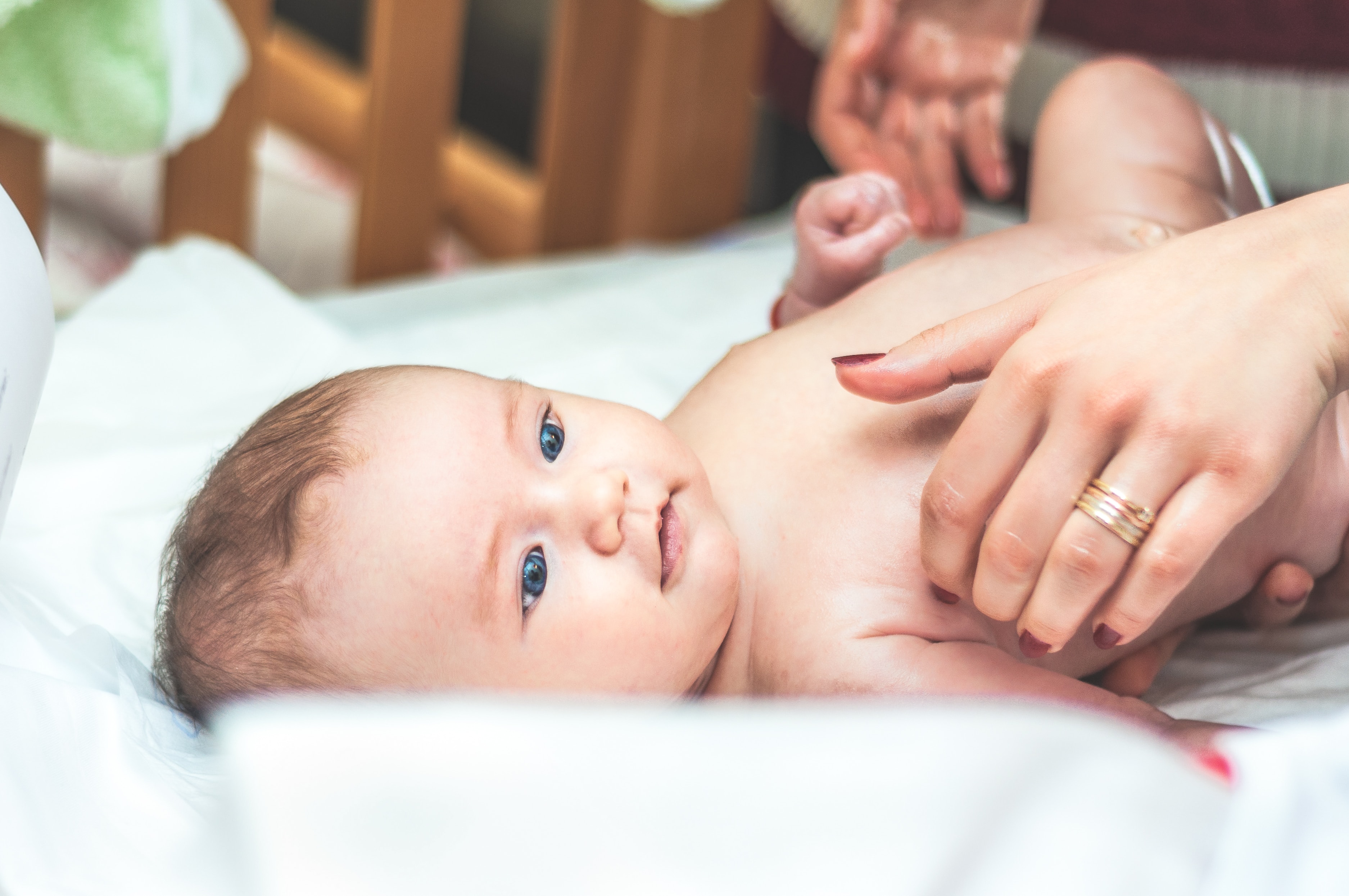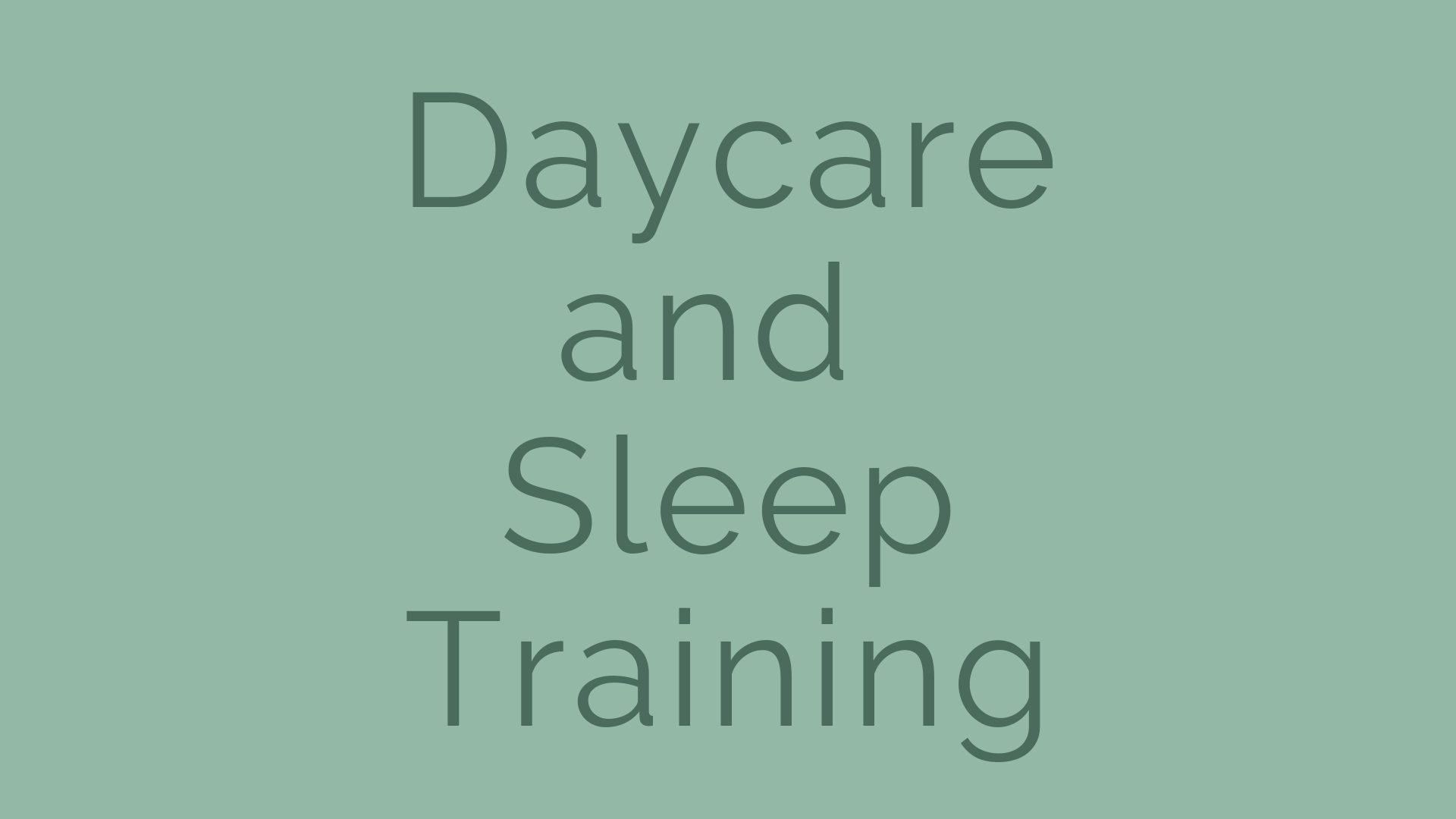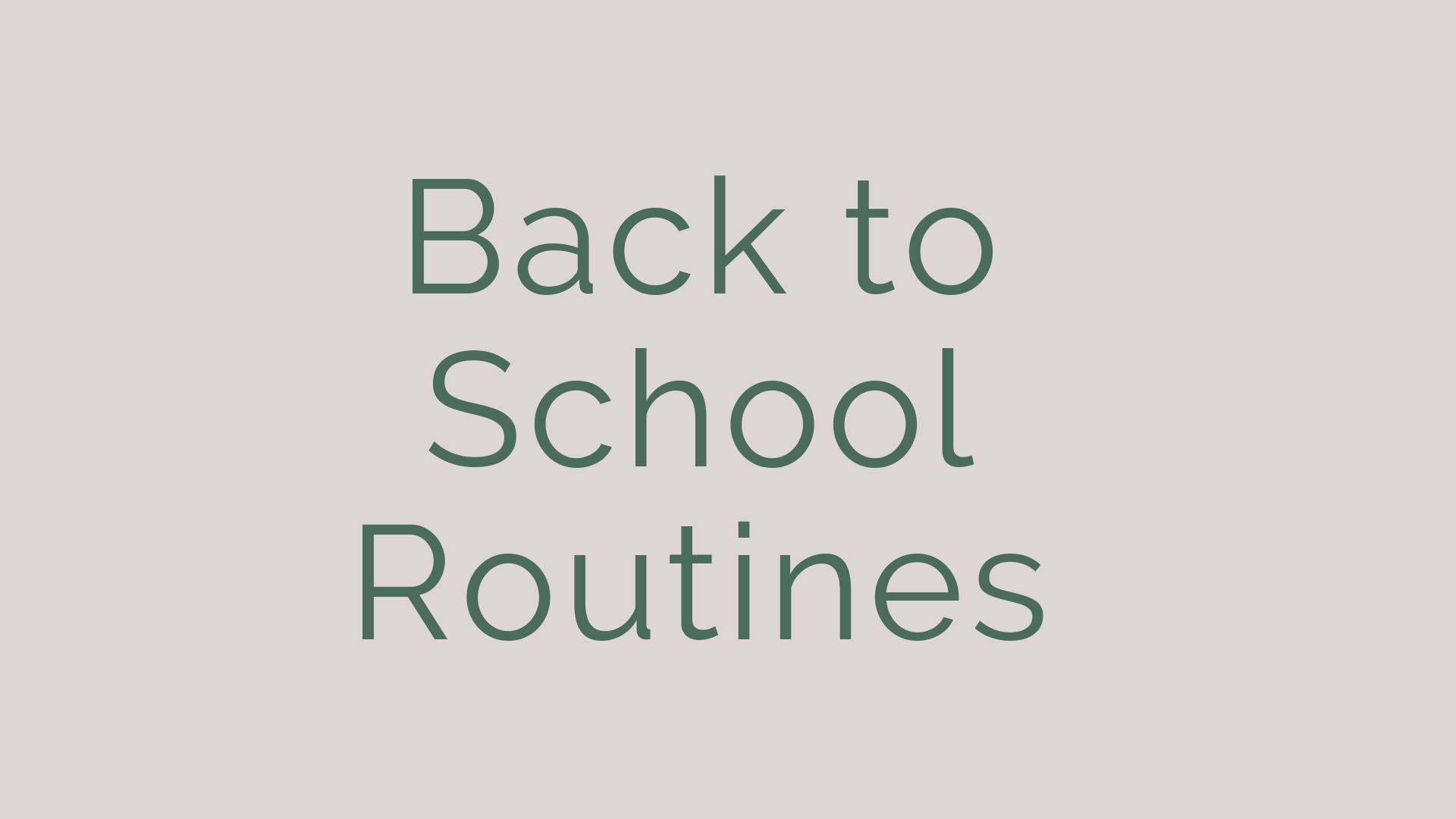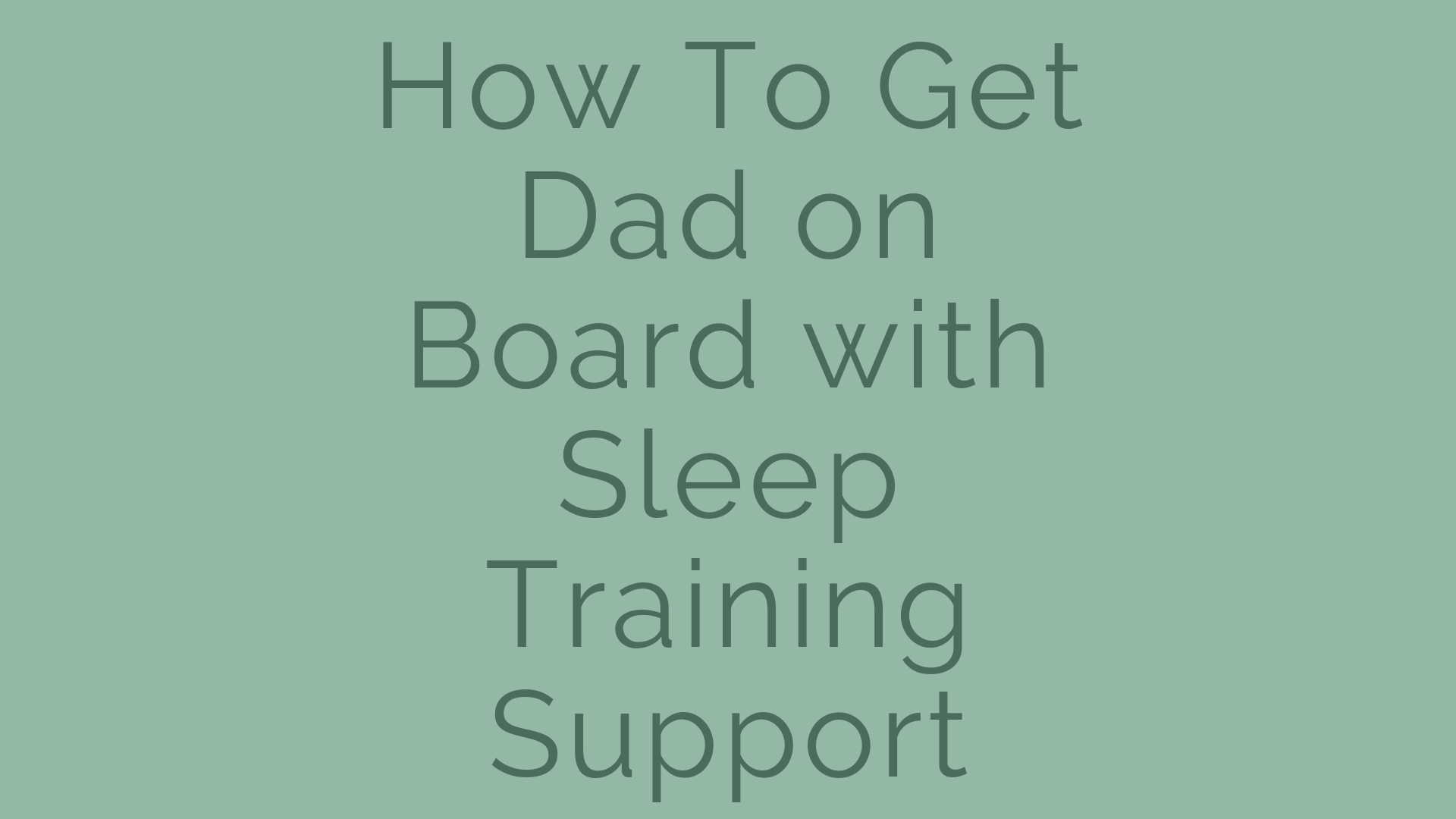Families often ask me, “How much crying is too much crying?” Of course, what they’re really asking is… When I put my baby down awake at the beginning of sleep training, and they protest falling asleep without help by crying, how long is it okay for them to cry? This implies an underlying assumption that there is some finite amount of crying that’s safe and okay. And then if baby cries one second beyond that… I’m not sure what parents fear will happen… But I do know they worry that crossing that line will harm their child. That the damage of crying may be irreparable. I’m here to tell you, nothing could be farther from the truth.

Photo Credit: Dragos Gontariu
Thankfully, there is no amount of crying that, in and of itself, is “too much.” Now, your child may be crying for all sorts of reasons. And many of those reasons will require you to tend to them. (More on that below.) But, when we are discussing the act of crying, independent of anything else, there is not an upper limit on how long it’s “safe” for a child to cry.*
*In this post I am discussing children 16 weeks of age and older. I do not advise any kind of sleep training for newborns.
Identify Why Your Child is Crying
First and foremost, identifying why your child is crying is vital. If your child is crying because they have a fever of 103 degrees, any amount of crying that is not tended to immediately is unsafe and dangerous. But, if your child is crying because you are…
1) putting them down awake for the first time,
and 2) they’re expressing their displeasure at falling asleep without your help…
Then, they should be allowed to express those feelings as much as they need to in order to figure out how to fall asleep on their own.
Crying During Sleep Training
Obviously the main focus of this discussion is crying for the purposes of sleep training. Assuming your child is…
a) completely healthy
and b) that your pediatrician has approved your approach with sleep training…
There is no arbitrary amount of crying that means a child has cried “too much.” Your child should be given the amount of time and space they need in order to figure out how to fall asleep on their own.
Your child expressing their feelings during sleep training should be honored and accepted. Also, keep in mind that how much they cry has a tremendous amount to do with how parents are approaching sleep training in the first place.
Having a plan is VITAL! I am passionate about sleep training. And I am committed to children learning to fall asleep on their own with the least amount of tears possible. I’ve designed the Baby Sleep Trainer method to help babies get the sleep they need with the least amount of tears possible.
I’ve also designed my online programs to provide hands-on support from me. This way I can support my families emotionally through the sleep training process. I also like to troubleshoot early, so parents can get the help they need to avoid unnecessary tears.
Crying During “Regressions” or Illness
Let’s say your child is already sleep trained. You should expect your child to have disrupted overnight sleep every 1-2 months! Many families are lucky, and literally never experience overnight wake ups unless a child is very ill. But, babies are humans! Some are sensitive to life in general, meaning they may wake up at night for all sorts of reasons.
For example, when they reach various milestones. Or, perhaps your child is crying because they are sick. Thankfully, it’s always okay to tend to your child as much as you need to. I even advise families to room share when their kids are ill. But even during periods of disrupted sleep, children are still able to fall asleep independently. This skill doesn’t go away unless a parent begins to assist their child to sleep again. As long as your pediatrician approves this advice, make sure your child is always putting themselves to sleep on their own.
Crying When Kids Can Speak (Is it going to hurt them now that they’re older?)
It’s one thing when you hear a small infant cry (which is, of course, gut wrenching), but what about when your child can speak! This is such a challenging situation for both parents and children. Here is the truth of the matter…
If your child is crying during sleep training for the reasons outlined above, and they are using words to express their feelings, interacting with you will almost always make them cry more in the long run. They’re more likely to quiet down when you interact with them, and then double their cries once you leave. If your child is 1) healthy and safe, and 2) you have done everything you can to care for their needs… It’s still okay to say, “I love you, it’s time for your body to sleep.” And then allow them to fall asleep on their own.
After almost ten years of working with families, one thing I’ve learned about children and crying is that interaction with parents can increase crying dramatically. Your job as a parent is to love and care for your children, and to meet their needs. Just because a child is expressing their feelings with crying, remember that your job isn’t always to stop the tears. Feeling feelings is 100% okay, and giving your child some space to learn to sleep often means years of healthy sleep as a result.
If you’d like to learn more about teaching your child to fall asleep independently, and with age-specific advice, sign up for my newsletter!





My LO is 8.5 months and we’ve been using CIO for the last week and a half. She was previously sleeping through the night from 5 weeks until about 6.5 months. We’ve been following an E.A.S.Y. schedule since approximately 3months old. At around 6.5 months she suddenly started night waking, and we got into the habit of rushing in every time she made a peep and/or feeding her (big mistake, we know). Once we started the CIO method last week, her nighttime waking has been quickly remedied — but her once regular and easy put down for naps has completely disappeared! She now cries during her entire nap time, until I get her up at the 1 hour time limit recommended by Weissbluth. Then I have an upset and even MORE exhausted baby. I continue with our routine and attempt another nap in early afternoon with the same results. She NEEDS to nap! I have tried everything, what do I do???
Hi Claire! I would LOVE to help!! I’d check out my Baby Sleep Trainer + Support program on the home page http://www.babysleeptrainer.com
I think she likely needs a different schedule, plus I’d like to learn a lot more about what’s going on throughout the day and then I can guide you better.
Hope to see you in the program <3
I’m having almost the exact same issues! 8.5 month old suddenly won’t sleep during the day and cries an hour or more through nap time. Her night time waking is getting worse and she isn’t putting herself back to sleep like she used to.
Hi Lydia,,
I’d love to learn more so I can help!! Check out my online course+Support so we can work through this issue together.
https://www.babysleeptrainer.com/purchase/
I bought your book and am following it religiously. So far it has been amazing. I have one question, on page 60 you say “it is unlikely that the baby will be awake for 2 and a half hours straight [between 4-6:30]”. What do I do if my baby is awake that long? Just get her up for the day at 6:30? I am currently doing 2 night feeds as per the pediatricians recommendation.
Hi Arden. This does happen on occasion. Yes, wait til 6:30 am to start baby’s day (as long as you are certain they are safe and healthy), then simply do your best to keep baby up until their first scheduled nap time. I’m unclear on the feeding portion of this comment, and if baby hasn’t eaten for a second time by the 4 am wake up, feed them then. Make certain you always follow your pediatrician’s advice.
Thanks Natalie!
I feed her the first time she wakes up after 10pm and the first time after 1 am. In this case she was fed at 10:30 and 1:30 then woke up at 4:30am. She did get back to sleep before 6:30. Thanks so much for your book it has been a life saver.
I’m so glad to hear it!! Good luck <3
Hi there! I used your book successfully with my son 2 years ago and am now using it again with my 5 month old daughter! I have complete memory loss from sleep training my son haha but am having some trouble with my daughter. She now sleeps 11 hours at night soothing herself back to sleep pretty easily! But every time I put her down for a nap and for bedtime, she still cries for maybe 5-7 minutes before falling asleep. She is on 3 naps a day and following your schedule and then bedtime at 7-715pm to wake up at 715am. We’ve only been sleep training a week, but I wondered how long does crying when you put them down typically last? She wakes up happy so I know she’s sleeping properly – I’m just not sure how long the learning to sooth process takes.
Hi Leah! That amount of crying is normal and to be expected. Most kids cry at least a few minutes before falling asleep. As long as baby is healthy and thriving and on average the crying lasts for 10-15 mins or less, I wouldn’t worry.
Hi there. I read the book and have been doing the training. Night time sleep has gotten great, but 6 month old is still crying through his one hour nap attempts (after a whole week). The book is a bit vague on how many one hour attempts I should let him cry through, just sort of says “feed and repeat”. Is it possible that he might not need a nap at all? This is starting to feel as though I’m putting the guy in his crib for scheduled crying instead of napping.
Hi Cherie!! This is one of those questions that’s tough for me to answer without additional info. Please check out the Baby Sleep Trainer + Support program. If you choose to enroll in that, I’ll be able to evaluate your situation and identify what’s wrong. https://www.babysleeptrainer.com/purchase/
Hi there. I purchased and have been following the book for about a week and night sleep has gotten great but we are still really struggling with the naps. I’m allowing my 6 month old to cry for the whole hour, then getting him up, feeding him, repeat. He is still crying for the whole hour. Is there a little more guidance on how many times a day I should be doing this one hour cry? The book sort of says “feed and repeat” , but I’m afraid we will continue this cycle all day every day. Is it possible he truly doesn’t need a nap and I’m now just putting him through scheduled crying time?
Hi Cherie!! I think I replied to you above <3
Hi there,
We have been co-sleeping with our 10 month old baby Up until last week. Last week we started sleep training her in her crib. she sleeps from 12 am to 6:30 am without waking up. But from 8:30 to almost 12 she wakes up every 15 min wailing and has to be picked up and rocked to sleep. We do a nighttime routine of bath and reading and singing songs but she can cry for upwards of 10 min fairly loud before we go pick her up. PLEASE HELP us understand what is the best way to go about helping her settle down in the night.
She takes 2 naps in the morning one at 10 to 12 and another at 2 to 3:30 or 4. Sometimes she can go to sleep at 4 and then gets up at 5.
Thank you!
Hi there!! I’d love to help. I think she just needs to be sleep trained <3 As long as the assistance to sleep continues, the issues you're describing won't resolve.
https://www.babysleeptrainer.com/how-does-baby-sleep-training-work/
I truly cannot believe that any mother who loves her baby can leave it to cry for an hour without comforting it. Totally barbaric 🙁
Dear judgmental Jane, as an exhausted mother of FIVE who hasn’t slept properly in years, I can tell you that needing to sleep is vital part of being a GOOD mother and allowing your baby to cry for 1/24 of the day is not barbaric it’s often NECESSARY for all involved so please either jump off your high horse or bite your tongue.
Hi Christen,
I think we would make very good friends in real life <3
Love,
Natalie
Wow Natalie. That endorsement of an equally judgmental response to what is at the heart of it a generally pretty valid concern has 100% turned me off to your site and further financial support to your business.
Hi there,
We have been sleep training our 4.5 month old daughter for a week now. Her night sleeping has definitely improved, but she cries more(harder) every night. Is this normal? I was expecting crying to taper off… also, we follow the 2 hour awake window for naps but lately she is taking super short naps!
Hi Lydia ,
It’s hard to say without knowing more about exactly what you’re doing <3 If you like more guidance, please check out the Baby Sleep Trainer + Support online course <3
http://www.babysleeptrainer.com/purchase/
Hello! I have not read the book to be honest, but have read others. I saw this comment from Leah Potok and it resonated with me. I have a 10 month old. Since 6 months, she sleeps 11-12 hours a night and soothes herself back to sleep pretty easily during the night. However, almost every night we put her down (7 pm) she cries anywhere from 5 minutes to 50 minutes. She wakes up on her own at 7 am hungry, and is generally a happy baby. She’s gaining weight and I nurse her right before bed. We’ve been doing this since 7 months. Any concerns? Any solutions so it doesn’t take her so long to fall asleep? If so, I’m willing to purchase the support package.
Hi Lauren,
It really is hard to know how to help without knowing a lot more about what’s going on (for example, what schedule your baby is on, if they are falling asleep on their own for naps, what the bedtime routine is like). The Baby Sleep Trainer + Support online course truly is the best way for me to help you work through this issue so baby can get to sleep more easily at bedtime.
http://www.babysleeptrainer.com/purchase/
Hi Natalie. My third baby is 8 months old. I followed Healthy Sleep Habits Happy Child with all 3. My third has been sleeping through the night since about 5 months old. He naps 3 times per day, and we try very hard to avoid the overtired state. He goes down around 7 each night and wakes between 6 and 7 each morning, but I don’t get him up before 6:30. Here’s the thing: most nights, he cries for 5 to 50 minutes at some point, seemingly struggling between sleep cycles. I have tried everything from feeding him, to rocking him, to soothing him without picking him up, to letting him cry it out. Nothing changes anything. His pediatrician is aware, but not concerned, but also not helpful. Have you ever heard of this? Any ideas what’s going on?
Hi Heather,
I think this issue will resolve when baby goes to just two naps.
https://www.babysleeptrainer.com/nap-transitioning-made-easy-part-one-3-naps-to-2/
Hi Natalie and mommas!
I have a 5 month old that was sleep trained 3 weeks ago. We have been following a bedtime routine of feeding, sound machine, lights out and a short song to relax then going down fully awake. She did great but this week, she’s started getting hungry an hour earlier. Now feeding is not part of the routine. She is relaxed until we put her down. But now crying 15-20 min before falling asleep on her own.
I know it’s a minor concern in comparison but still my heart hurts that she’s freaking out when already trained. Ride this out or change the routine? Schedule below. Thanks for any tips!
Up at 7am-7:15am
Feed by 7:15-7:30
Nap 9am
Feed 10:30
Nap 12pm
Feed 1:30
Nap 3pm
Feed 5pm
Bed 6:3pm
HI!!
This is tricky. I think I know how to help, but would want a lot more info from you before I’m able to provide guidance. Please feel free to check out my BST + Support course. This way I’m able to help you through this issue and help her get to sleep with fewer tears. Hang in there!!
https://www.babysleeptrainer.com/purchase/
Olá Natália! Minha bebê tem 1 ano e 8 meses , tem associação de peito para dormir , só dorme comigo (mãe ) no peito , dormimos nós mesmo quarto , mas ela dorme no berço dela e nós na cama ao lado , acha que precisamos dormir separados ? Minha casa só 1 quarto , qual seu conselho ? Obrigada
Thank you for sharing your insights into the topic of how much crying is too much, especially in the context of sleep training for babies. Your message provides an important perspective for parents who might be concerned about the amount of crying their child experiences during the sleep training process.
You emphasize the significance of understanding why a child is crying and ensuring their well-being, particularly in the case of illness. It’s essential for parents to recognize the different contexts in which crying can occur and how to respond appropriately.
You also highlight that interacting with a child during sleep training can sometimes increase crying, and it’s okay for parents to provide comfort and reassurance without necessarily preventing all tears.
Your experience in working with families and your dedication to helping children learn to sleep are evident in your message. It’s important for parents to remember that every child is unique, and what works for one may not work for another. Your guidance and support in this area are valuable.
If the CIO expects to leave the baby in the crib and leave the room without returning. How to prevent a child from choking on vomit if he starts vomiting from screaming? How to distinguish silence from falling asleep, from silence due to the fact that a child has choked on vomit? Is it necessary to use a video baby monitor? Or do you have to stand at the door, listening to every change in the scream (if there is no video baby monitor)?
Can I sleep train a 1 year old who is used to sleep me next to him then I move him to crib and when he wakes up at night I take him out of crib and sleep next time me?